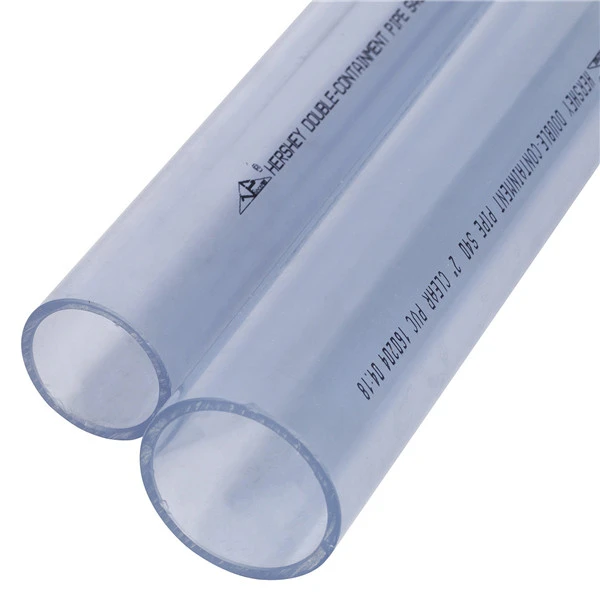Nov . 13, 2024 08:17 Back to list
ppr tube
Understanding PPR Tubes The Future of Plumbing
PPR tubes, or Polypropylene Random Copolymer pipes, have emerged as one of the most popular materials in plumbing and piping systems across various sectors. Known for their durability, corrosion resistance, and ease of installation, PPR tubes offer significant advantages over traditional piping materials like metal and PVC. This article explores the characteristics, benefits, and applications of PPR tubes, highlighting why they are becoming the preferred choice for plumbing solutions.
Characteristics of PPR Tubes
PPR tubes are made from a type of plastic that is lightweight yet incredibly strong. One of the defining features of PPR is its random copolymer structure, which imparts improved flexibility and resilience compared to other types of polypropylene. Additionally, PPR is resistant to scale build-up and corrosion, which dramatically extends its lifespan. These tubes are typically available in a variety of diameters and colors, making them versatile for different applications.
Advantages of PPR Tubes
1. Durability PPR tubes have a long service life, often exceeding 50 years. Their robust structure can withstand high-temperature fluctuations and pressure without becoming brittle or weakening over time.
2. Corrosion Resistance Unlike metal pipes that can rust and corrode, PPR tubes remain unaffected by water quality and chemical compositions, ensuring consistent performance in varying environments.
ppr tube

3. Non-toxic PPR materials are free from harmful substances, making them a safe choice for drinking water supply systems. They do not leach any chemicals, thus maintaining the purity of the water.
4. Energy Efficiency PPR tubes have excellent thermal insulation properties, which help maintain the temperature of the water flowing through them. This energy-efficient characteristic can lead to lower energy costs in heating and cooling applications.
5. Ease of Installation These tubes are lightweight and can be easily cut and shaped, which simplifies installation and reduces labor costs. The fusion joining technique used in connecting PPR pipes creates a seamless bond, eliminating leaks and ensuring a reliable plumbing system.
Applications of PPR Tubes
PPR tubes are widely used in various applications, including residential, commercial, and industrial plumbing. They are ideal for hot and cold water distribution systems, heating installations, and even chemical transportation due to their resistance to aggressive chemicals. In addition, PPR's versatility allows it to be used in irrigation systems and drainage solutions, making it a favored option for agricultural applications.
Conclusion
In conclusion, PPR tubes represent the future of plumbing technology, combining strength, safety, and efficiency. Their growing popularity can be attributed to their numerous advantages over conventional materials, making them a wise investment for any plumbing system. As more industries recognize the benefits of PPR pipes, their prevalence will undoubtedly continue to rise, paving the way for a more durable and sustainable approach to piping solutions. For homeowners, builders, and engineers alike, PPR tubes offer a reliable and innovative alternative to traditional plumbing methods, ensuring long-lasting performance and peace of mind.
-
Durable PP Rigid Sheet: Lightweight, Chemical Resistant Solutions
NewsAug.21,2025
-
PVC Grey Sheet for Extraction: Chemical Resistant & Durable
NewsAug.19,2025
-
Durable PVC Pipe Fittings for Plumbing & Irrigation Needs
NewsAug.18,2025
-
HDPE Steel Belt Reinforced Spiral Corrugated Pipe | High Strength
NewsAug.17,2025
-
HDPE Pipe Fittings: Durable, Leak-Proof Solutions
NewsAug.16,2025
-
Premium CPVC Sheet: High-Temp & Chemical Resistant Solutions
NewsAug.15,2025

